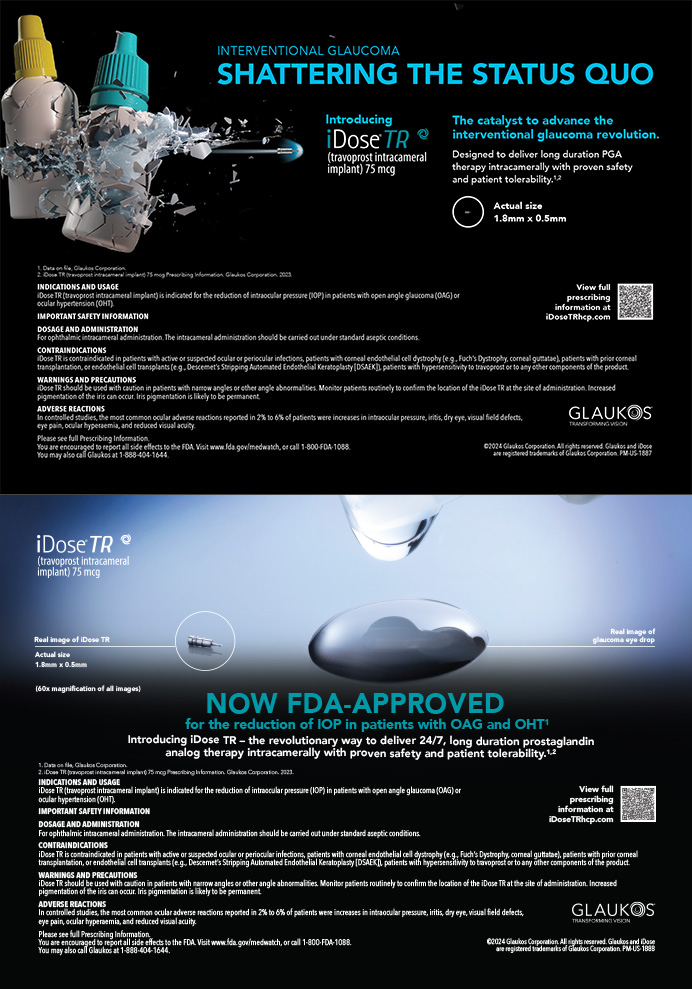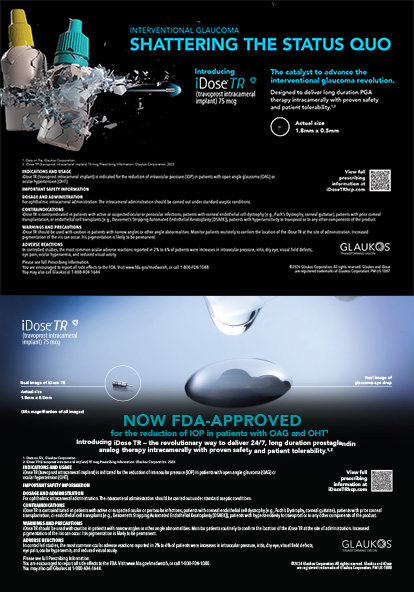Today, physicians need to recognize presbyopia and ametropia as physical abnormalities that are in fact diseases. There are nonsurgical solutions to help manage these conditions, but they are at best crutches. There have been many advances in cataract surgery—small-incision phacoemulsification, IOLs, foldable lenses, and now premium lens technology—which give surgeons the opportunity today to treat these conditions. We are now entering a new era in cataract surgery, and patients will embrace surgeons who can help decrease, if not eliminate, their need for spectacles. I strongly urge ophthalmic surgeons to consider adopting a new treatment modality for correcting presbyopia and ametropia, premium IOLs, which I believe are a must in any modern surgical practice.
THE BABY BOOMERS ARE COMING
It is estimated that 3 million cataract surgeries are performed each year in the United States, and this number is expected to grow to 4 million during the next decade. Advances in technology and surgical methods have decreased morbidity associated with cataract surgery. Consequently, baby boomers with disposable income are presenting to ophthalmic practices for the surgical correction of early visual disturbances, which include early cataracts but also presbyopia. These patients have resources, are extraordinarily motivated, and represent a tremendous opportunity. Incorporating refractive IOLs into my practice has led to remarkable growth. "This is not your parents' cataract surgery" is a common office-based discussion I have with my patients.
EXCEPTIONAL CASES
Over the years, certain patients have presented to my office with unusual vision. For example, one female patient saw +11.00 -5.00 X 180 OU and had worn spectacles since she was 2 years old. Another patient saw +10.50 -4.50 X 180 OU and also had worn glasses since she was 2 years old. I implanted both patients' eyes with bilateral multifocal IOLs and performed customized LASIK enhancements for their mixed astigmatism. Each patient achieved vision of 20/25 OU with J1 near acuity, and both are extremely happy. Still another example is a 44-year-old male patient who had a refractive error of -25.00 D and a posterior subcapsular cataract. After I removed his cataract and implanted a 4.00 D presbyopia-correcting IOL, he had -7.00 D of myopia. The patient later underwent a laser vision correction enhancement and achieved 20/20 and J1 UCVA.
These are examples of life-changing events. Although many patients seek treatment for their cataracts, presbyopia, and ametropia, patients like the aforementioned become ambassadors for my practice; they tell everyone they know about their positive surgical experience. All of them are nearly free of spectacles, thanks to technology that can take their vision to levels they have never seen, literally. These are extraordinary individuals, and their visual needs provided exceptional career experiences for me. This is the exact reason why I started to increase the implantation of presbyopia-correcting IOLs in my daily practice.
ADDED REVENUE
It is a forgone conclusion that Medicare will make cuts in its reimbursement schedule over the next few years. Recent history clearly demonstrates that fees have only been reduced in ophthalmology. The baby boomers with disposable income who need cataract surgery represents a great opportunity for the modern-day cataract surgeon to recoup those losses. Surgeons should inform their patients of this exciting opportunity at the start of the consultation.
PRACTICE BUILDERS
Refractive cataract surgery can help develop and in fact define a practice. This is especially true when an exciting technology, such as premium IOLs, is in its infancy. Those practitioners who choose to embrace such advances are ahead of the curve. Moreover, patients in any particular community tend to interact with each other, and those who have received exceptional care are most likely to spread the word about their invaluable experiences. To witness a pseudophakic person sitting in the waiting room reading literature without the crutch of spectacles is an amazing occurrence. The correction of presbyopia and ametropia at the time of cataract surgery is truly one of my practice's growth models. Without a doubt, it has been the most rewarding aspect of my career and is, in my opinion, one of the next frontiers in ophthalmology.
Jonathan Stein, MD, is a clinical assistant professor in the NYU Department of Ophthalmology, New York City, and he is in private practice at Ophthalmic Consultants of Connecticut, Fairfield. Dr. Stein may be reached at (203) 366-8000; steinjonathan@hotmail.com.


